Miriam T. Stark1405102128, 9781405102124, 9781405102131, 1405102136
The volume as a whole offers new insights into the archaeology of Asia and encourages western scholars to pay more attention to the continent in their studies of human origins, evolution, and history.
Table of contents :
Cover Page……Page 1
BLACKWELL STUDIES IN GLOBAL ARCHAEOLOGY……Page 3
Title Page……Page 4
ISBN 1405102128……Page 5
Contents……Page 6
Series Editors’ Preface……Page 8
Figures……Page 9
Tables……Page 11
Notes on Contributors……Page 12
Part I Introduction……Page 18
1 Contextualizing an Archaeology of Asia……Page 20
Goals of This Volume……Page 22
Sociohistorical Contexts of Asian Archaeology……Page 23
Formative Developments in Ancient Asia……Page 24
Emergent Complexity in Asia……Page 25
Crossing Boundaries and Ancient States……Page 26
Concluding Thoughts……Page 28
REFERENCES……Page 29
Part II Contexts of Asian Archaeology……Page 32
2 Some National, Regional, and Political Uses of Archaeology in East and Southeast Asia……Page 34
Ideology, Nationalism, and Archaeology in the Peoples’ Republic of China……Page 35
The Politics of Origins in Korea……Page 38
Ideology, Nationalism, and Archaeology in Japan……Page 39
Archaeology and Nationalism in Southeast Asia……Page 41
Mainland Southeast Asia……Page 42
Insular Southeast Asia……Page 47
ACKNOWLEDGMENTS……Page 49
REFERENCES……Page 50
3 Archaeology in the Two Koreas……Page 54
The Korean Peninsula as Political Football……Page 55
The Beginnings of Korean Archaeology……Page 56
Who Are the Koreans?……Page 59
Purposes of Korean Archaeology……Page 62
Self-Reliance and Interpretations of Korean Archaeology……Page 63
Post-Korean War Archaeology in North Korea……Page 65
Post-Korean War in South Korea……Page 67
REFERENCES……Page 69
FURTHER READING……Page 70
4 Self-Identification in the Modern and Post-Modern World and Archaeological Research: A Case Study from Japan……Page 72
The Three Archaeological and Self-Images of the Japanese……Page 74
Post-Modern Difficulties and Japanese Archaeology……Page 85
Conclusions……Page 87
REFERENCES……Page 88
Part III Formative Developments……Page 92
5 East Asian Plant Domestication……Page 94
The Crops……Page 95
The Early Evidence……Page 99
Low-Level Food–Resource Producers……Page 101
Intensification……Page 106
Discussion……Page 107
REFERENCES……Page 109
6 Asian Farming Diasporas? Agriculture, Languages, and Genes in China and Southeast Asia……Page 113
East Asian Language Families and Their Histories……Page 114
Early Farmers and the Dispersal of Language Families……Page 117
Early Agriculture in China and Southeast Asia……Page 122
Relating Archaeology and Languages……Page 128
The Witness of Human Biology……Page 129
REFERENCES……Page 131
Part IV Emergence and Development of Complex Asian Systems……Page 136
7 Early Communities in East Asia: Economic and Sociopolitical Organization at the Local and Regional Levels……Page 138
The Neolithic Period in China……Page 139
Jomon and Chulmun: Development of Complex Hunter-Gatherer Cultures and their Regional Variability……Page 151
ACKNOWLEDGMENTS……Page 159
REFERENCES……Page 160
8 Sociopolitical Change from Neolithic to Bronze Age China……Page 166
Longshan Settlement Patterns and Sociopolitical Organization……Page 170
The Erlitou State……Page 179
Conclusion……Page 185
REFERENCES……Page 186
The Neolithic Background……Page 194
The Bronze Age: Shang and Western Zhou……Page 197
The Oracle-Bone Inscriptions:Who Read Them?……Page 202
Readers and Reading……Page 208
An Archive? For Posterity?……Page 212
Conclusion……Page 213
REFERENCES……Page 214
FURTHER READING……Page 217
10 Secondary State Formation and the Development of Local Identity: Change and Continuity in the State of Qin (770–221 B.C.)……Page 219
Background: Early Chinese States as a Research Dilemma……Page 220
Early Qin: A Zhou Polity……Page 222
The Impact of Shang Yang’s Reforms: Qin Against Tianxia……Page 234
Political Perspective: Qin as a Nation-State?……Page 236
Ideology, the Transmission of Cultural Legacy and Interaction: Concluding Remarks and Theoretical Perspectives……Page 239
REFERENCES……Page 243
Part V Crossing Boundaries and Ancient Asian States……Page 248
11 Frontiers and Boundaries: The Han Empire from its Southern Periphery……Page 250
Lingnan……Page 251
Yunnan……Page 261
REFERENCES……Page 270
12 States on Horseback:The Rise of Inner Asian Confederations and Empires……Page 272
Geography and Culture of the Northeastern Steppe……Page 273
Models for Steppe Polities……Page 277
The Archaeology of the Xiongnu Period……Page 279
Archaeology of the Mongol Empire……Page 285
Conclusions……Page 291
REFERENCES……Page 293
13 Historicizing Foraging in South Asia: Power, History, and Ecology of Holocene Hunting and Gathering……Page 296
Perspectives on Agriculture and Foraging……Page 297
Why Foraging?……Page 298
Occupational History: Irrigated Lowlands, Forested Uplands, and Beyond……Page 299
Resources: Forest Products, Manufactures, and Cultigens……Page 301
Holocene Foraging in South Asia……Page 303
Discussion……Page 314
REFERENCES……Page 316
14 The Axial Age in Asia:The Archaeology of Buddhism (500 B.C.–A.D. 500)……Page 320
Maritime Networks……Page 324
The Archaeology of Early Monastic Centers in South Asia……Page 326
Sri Lanka and the Expansion of Buddhism……Page 330
Buddhism Across the Bay of Bengal……Page 332
REFERENCES……Page 337
15 Imperial Landscapes of South Asia……Page 341
Empires from Outside; Empires from Inside……Page 343
Empires at the Beginning of History (ca. 500 B.C.–A.D. 300)……Page 345
Early Historic Empires: Discussion……Page 355
Conclusions……Page 358
REFERENCES……Page 360
Index……Page 367
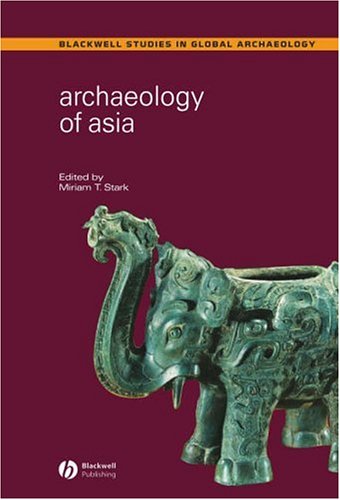


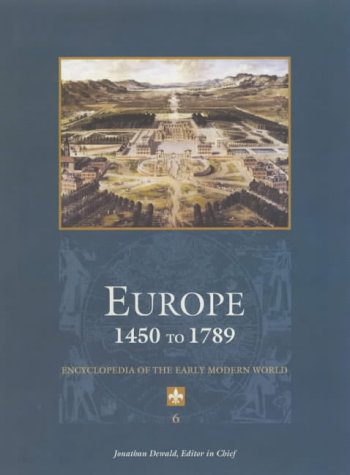
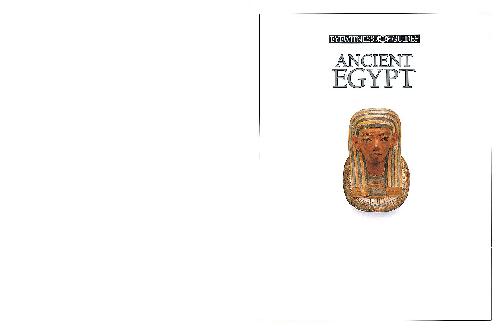
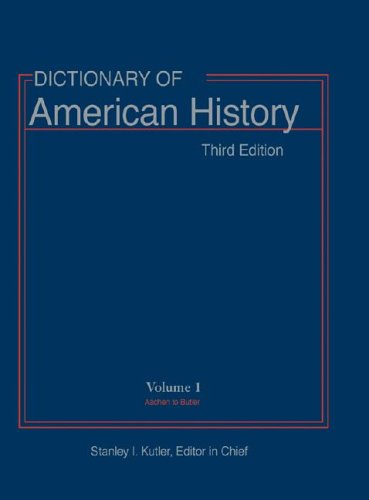
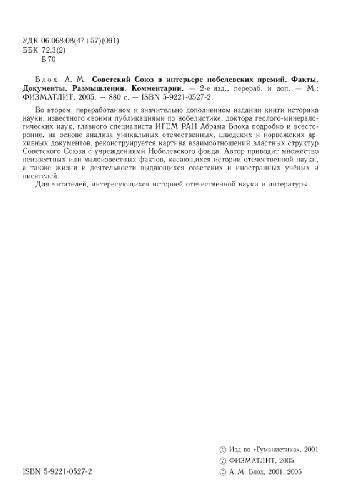
Reviews
There are no reviews yet.